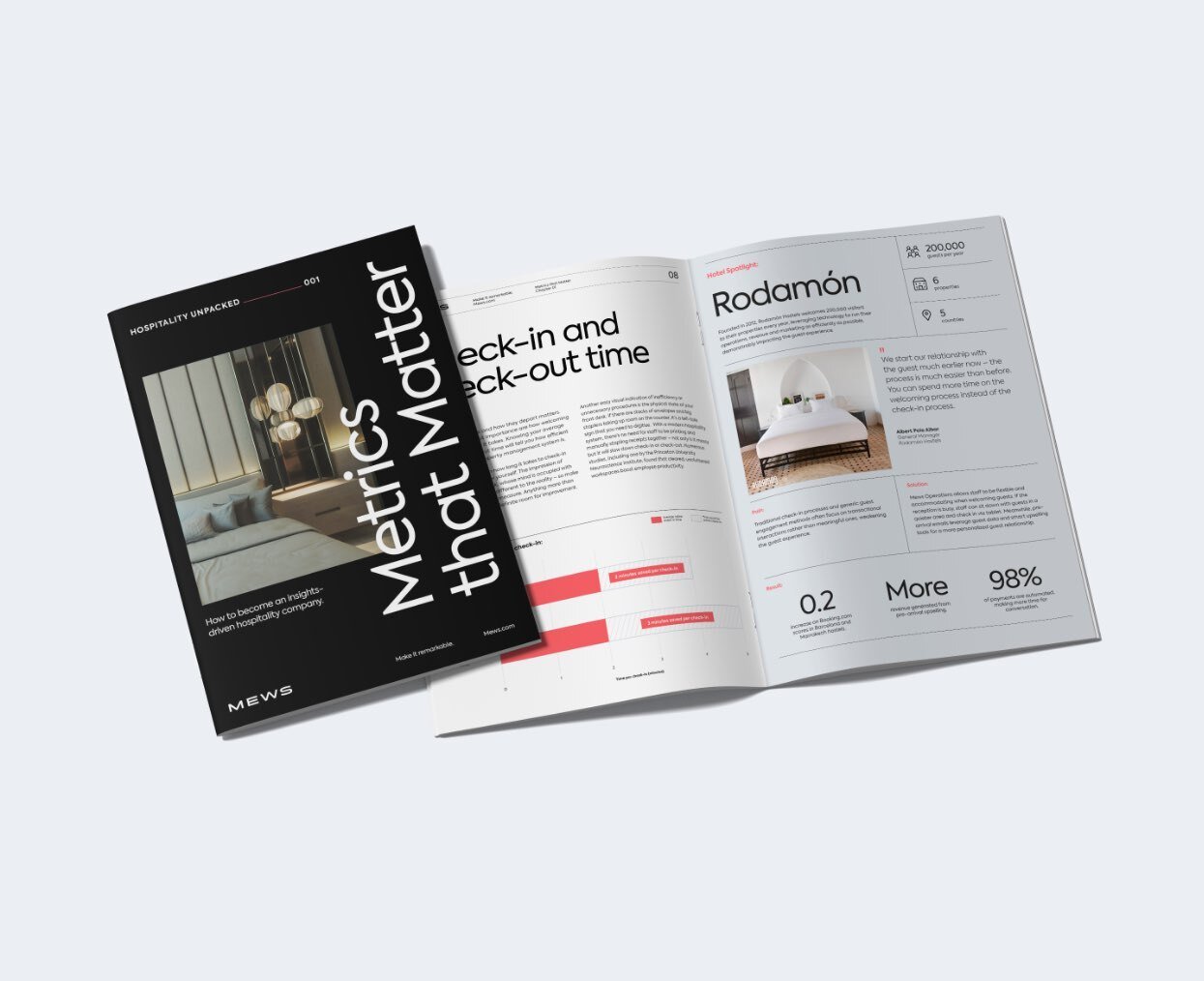Hotel rate parity is important in the hospitality industry because it provides price transparency to consumers, and ensures that customers see the same price for the same room across all channels. While this is great news for consumers as they are assured the same rate no matter where they book, for hotels it’s important to keep in mind that rate parity greatly affects revenue and profitability. This is because the cost of acquisition divided by the commission cost changes greatly depending on the distribution channel, meaning that net revenue is different.
This is why it is key for hoteliers to find a balance between business derived from OTAs and from direct sources. In this article, we’ll look at hotel rate parity in detail, including the pros and cons, and the best strategies to solve rate parity challenges.
Table of contents
What is hotel rate parity?
Hotel rate parity is the policy by which hotels maintain consistent rates across all distribution channels, including their own direct channels. Hotels are often obligated by OTAs to offer the same rates on all booking platforms in order to prohibit them from providing discounts, which would take business away from the OTA.
What are the pros and cons of hotel rate parity?
While for the consumer, rate parity is useful as it provides transparency and makes the rate for the same hotel room universal across platforms, for hotels it makes it more difficult to attract direct bookings. Hotels are often obligated to work with OTAs in order to increase visibility and take advantage of their sizable advertising budgets, and this comes with a cost in the form of high commission rates. Furthermore, there is nothing stopping the OTA from raising commission rates and earning more while the hotel loses revenue.
At the same time, OTAs tend to have the last say, as they can also choose to take from their own commissions to offer the room at a lower price. Hotels, on the other hand, must inform them when they are running a promotional deal. Hotels in response can decide to exclude rooms from OTAs, but this can also be risky in the fact that those rooms may go unsold, especially for independent hotels.
As briefly mentioned above, due to the heavy reliance on OTAs, rate parity can have a big impact on revenue and profitability. Since every distribution channel has a cost associated with acquisition and commission, which can vary quite a lot from OTA to OTA, the net revenue as a result varies quite a lot. This is where having hotel management software is so important in order to optimize your inventories and maximize your profits.
Best strategies to solve rate parity challenges
So now that you understand the pros and cons of rate parity as well as what it is, let’s take a look at the best strategies to solve the challenges this tactic presents.
Set up a plan of action
Make sure you have a plan of action in place to mitigate the effects of lost revenue to the rate parity model. Understand your current distribution panorama and how you can use different channels to accomplish each goal.
As part of your plan of action, remember to have a clear marketing plan laid out, setting up regular campaigns on social media and your newsletter to drive direct bookings, with the ultimate goal of incrementally building these audiences as you go. The more of a customer base you have, the easier it will be to reduce your reliance on OTAs.
Make sure you have the right business and market mix
Take a look at your strategic partnerships, whether they be with OTAs, metasearch engines, tourism bureaus or local business, and make sure they are offering value to your business. Some channels are key to driving international bookings, so it may be worth investing more of your budget in these channels as international business usually results in longer stays. Understand which channels they are using in order to decide which is the best distribution method for each target country.
Use and interpret the data
Track lost revenue with your revenue management software and analyze that data to see where your opportunity lies in order to keep refining your market mix, and make sure you have a strategy in place to make up for that lost revenue.
Provide added value
With rate parity, you won’t be able to offer lower rates for direct bookings, but you can offer added value if guests book direct. Give them a reason to book directly on your website by offering discounted tickets, free parking, complimentary services or free drinks. You can use the opportunity to promote these perks on social media and your newsletter. The better the experience they have while booking directly, the more likely they are to spread the word.
Use metasearch sites
Metasearch sites are a great way to cut down on commissions from OTAs as they often offer instant booking models that have lower commissions than OTAs. They also offer the option to use the pay per click bidding model, which will help you appear further up in the results. The more visibility you have on metasearch engines, the more likely you are to benefit from direct bookings.
Have a streamlined direct booking process
By having a streamlined direct booking process you are less likely to lose traffic to website abandonment. When users don’t find what they want on your website, they will often go elsewhere. That is why it is so important to have an optimized user experience, secure and easy to use booking process, and a hotel booking engine on your website. This way you are sure to capture as many direct bookings as possible.
Conclusion
When defining your pricing strategy, it’s important to optimize direct bookings in order to lower the cost of acquisition and decrease the dependency on OTAs. Direct bookings channels such as email, website and social media are more sustainable because they don’t have variable commissions but instead have fixed costs that you can budget for. The less reliant you are on OTAs and external sources, the less likely the rate parity model will affect your revenue.
As we’ve discussed throughout this article, rate parity without a doubt provides many challenges. However, by setting up a plan where you define your market and distribution mix, optimize direct booking channels and use metasearch sites over OTAs as much as possible, as well as design targeted campaigns to increase direct bookings, you may overcome these challenges. With the right distribution mix, and a clear strategy in mind, you can optimize revenue streams mitigating the impact of the rate parity price model.
Want to make sure your property is measuring performance effectively?
Download our guide "The Metrics That Matter"


2026 Hospitality Industry Outlook
Download now
Table of contents
Hospitality hot takes straight to your inbox



.webp)
